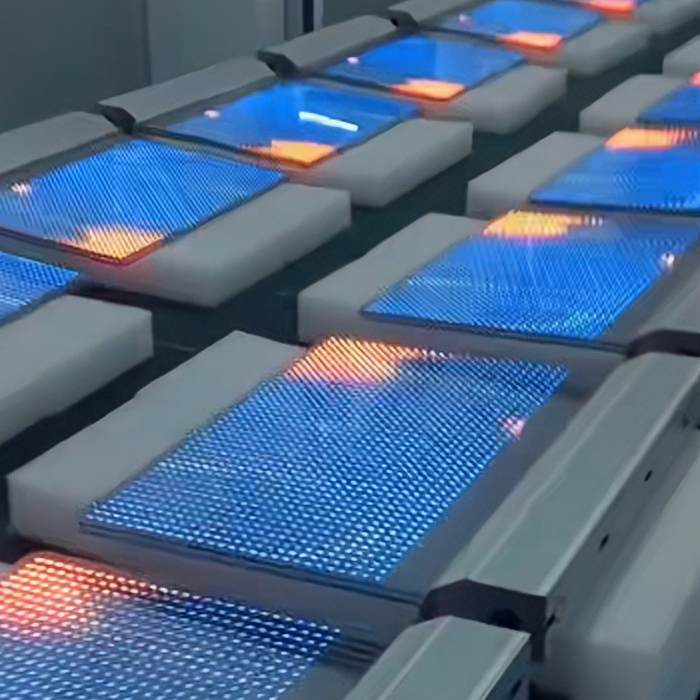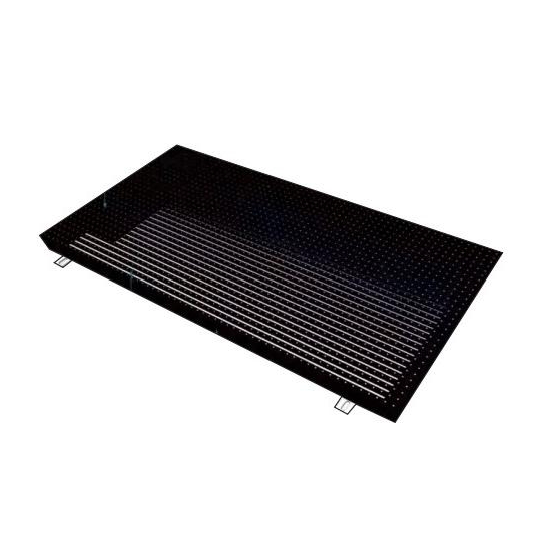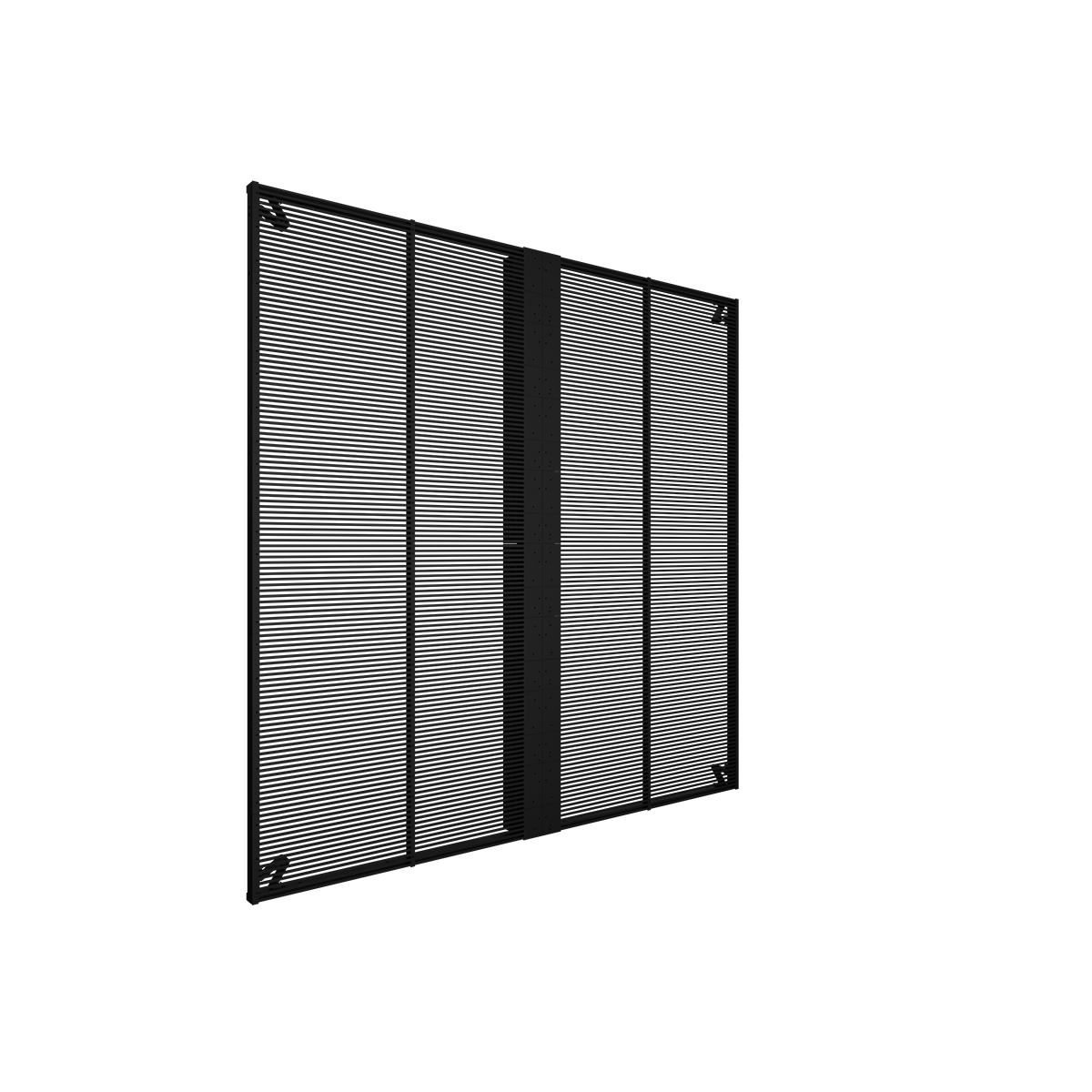Imagine walking into a room where the air shimmers with floating images, vibrant colors, and interactive graphics. No screens or physical devices in sight—just pure, magical holography. This is not a scene from a sci-fi movie but a glimpse into the revolutionary world of holographic LED invisible displays. For businesses and tech enthusiasts, understanding the intricacies and potential of these displays is crucial. Welcome to the future, powered by holographic LED invisible display OEM technology.
What is a Holographic LED Invisible Display?
At its core, a holographic LED invisible display combines the principles of light projection and holography to create images that appear to float in mid-air. Unlike traditional displays, these do not rely on screens but use a sophisticated setup of LED lights and optical illusions. The result is a three-dimensional visual experience that captivates and engages viewers in unprecedented ways.
The Magic Behind the Technology
The science behind holographic LED-invisible displays is fascinating. It involves using LED lights to project light beams that intersect at specific points in space. These intersections create visible points that can be arranged to form shapes, images, and even videos. The "invisible" aspect comes from the fact that the hardware generating these images is often hidden or minimalistic, making the display appear as if it's materializing out of thin air.
Why OEM is the Key to Innovation
OEM, or Original Equipment Manufacturer, plays a pivotal role in the development and distribution of holographic LED invisible displays. OEMs are responsible for designing, manufacturing, and selling the components or complete systems that other companies can rebrand and market. This model allows for rapid innovation and customization, meeting diverse needs across various industries.

Applications Across Industries
Retail and Advertising
Imagine a storefront where products seem to hover in the window, enticing passersby with dynamic displays. Holographic LED invisible displays can revolutionize retail by creating eye-catching advertisements that stand out from traditional flat screens. These displays can be updated in real-time, offering interactive promotions and enhancing customer engagement.
Education and Training
In educational settings, these displays can bring lessons to life. From detailed anatomical models in medical schools to interactive history lessons, holographic displays provide an immersive learning experience. Training simulations for industries like aviation and defense can also benefit, offering realistic, hands-on practice without the need for physical equipment.
Entertainment and Events
Concerts, theater productions, and live events can reach new levels of spectacle with holographic displays. Imagine a concert where the performer is joined by holographic dancers or a theater production with dynamic, shifting backgrounds that adapt to the narrative. These displays offer limitless creative possibilities, enhancing audience experiences.
Corporate and Professional Use
In corporate environments, holographic LED invisible displays can revolutionize presentations and meetings. Visualizing complex data, creating engaging pitches, and facilitating interactive collaboration have become easier and more impressive. These displays can also enhance branding efforts in lobbies and conference rooms, showcasing a company’s innovative spirit.
The Advantages of Holographic LED Invisible Displays
Unmatched Visual Impact
The primary advantage of holographic LED invisible displays is their ability to captivate audiences. The three-dimensional, floating visuals grab attention and leave lasting impressions, making them ideal for marketing, entertainment, and educational purposes.
Space Efficiency
Without the need for physical screens, these displays save space and offer a cleaner, more futuristic aesthetic. This is particularly beneficial in retail environments and public spaces, where maximizing floor space is crucial.
Flexibility and Customization
OEMs offer customization options that allow businesses to tailor displays to their specific needs. From size and resolution to interactive capabilities, holographic LED invisible displays can be adapted to fit any requirement.
Embracing the Future with OEM
Partnering with an OEM for holographic LED invisible displays means access to cutting-edge technology and expertise. OEMs can provide tailored solutions, from conceptualization to implementation, ensuring that businesses get the most out of this revolutionary display technology.
Challenges and Considerations
While the potential is immense, there are challenges to consider. The initial cost of holographic displays can be high, though prices are expected to decrease as the technology becomes more widespread. Additionally, setting up these displays requires technical expertise to ensure optimal performance and visual quality.
















